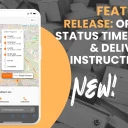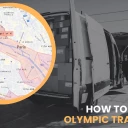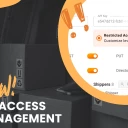Truck Driver Safety Checklist: Custom & Ready to Use
Updated on
June 26, 2024
by
Alisa Cvilij

As satisfying as it is to cross things off a paper list, it might not be perfect for drivers to manage the compliance of their vehicles with safety requirements.
Don't get me wrong - truck driver safety is beyond important. That's why a manager's job is to make vehicle checks easy to understand and follow, and that involves digitalizing safety checklists.
What goes into driver and vehicle safety management? How do you make it fast, cheap, and efficient as a fleet manager? This guide has all the answers.
What is safety management for truck drivers?
When it comes to driving a truck on a schedule with multiple drops a day, many things can go wrong. From strains and sprains while loading to distracted driving and the lack of personal protective equipment.
Safety management for truck drivers covers all measures that contribute to reducing the risk of trucker illness and injuries.
First and foremost, it is meant to reduce the rate of motor vehicle crashes - one of the leading causes of workplace fatalities. To do this, fleet managers and truckers need to take a number of safety measures.
Ultimately, safety management for truck drivers involves timely vehicle maintenance and personal safety measures, including protective equipment and defensive driving habits.
Let's take a closer look at the most common trucker safety tips first.
Truck driver safety checklist
A good truck driver safety checklist needs to be 3 things.
- Digital.
- Customizable.
- Easy to use.
Truck driver safety tips
Truck driving is a dangerous occupation. Still, there are many ways to minimize the risk of injuries and fatalities by adopting safe behaviors.
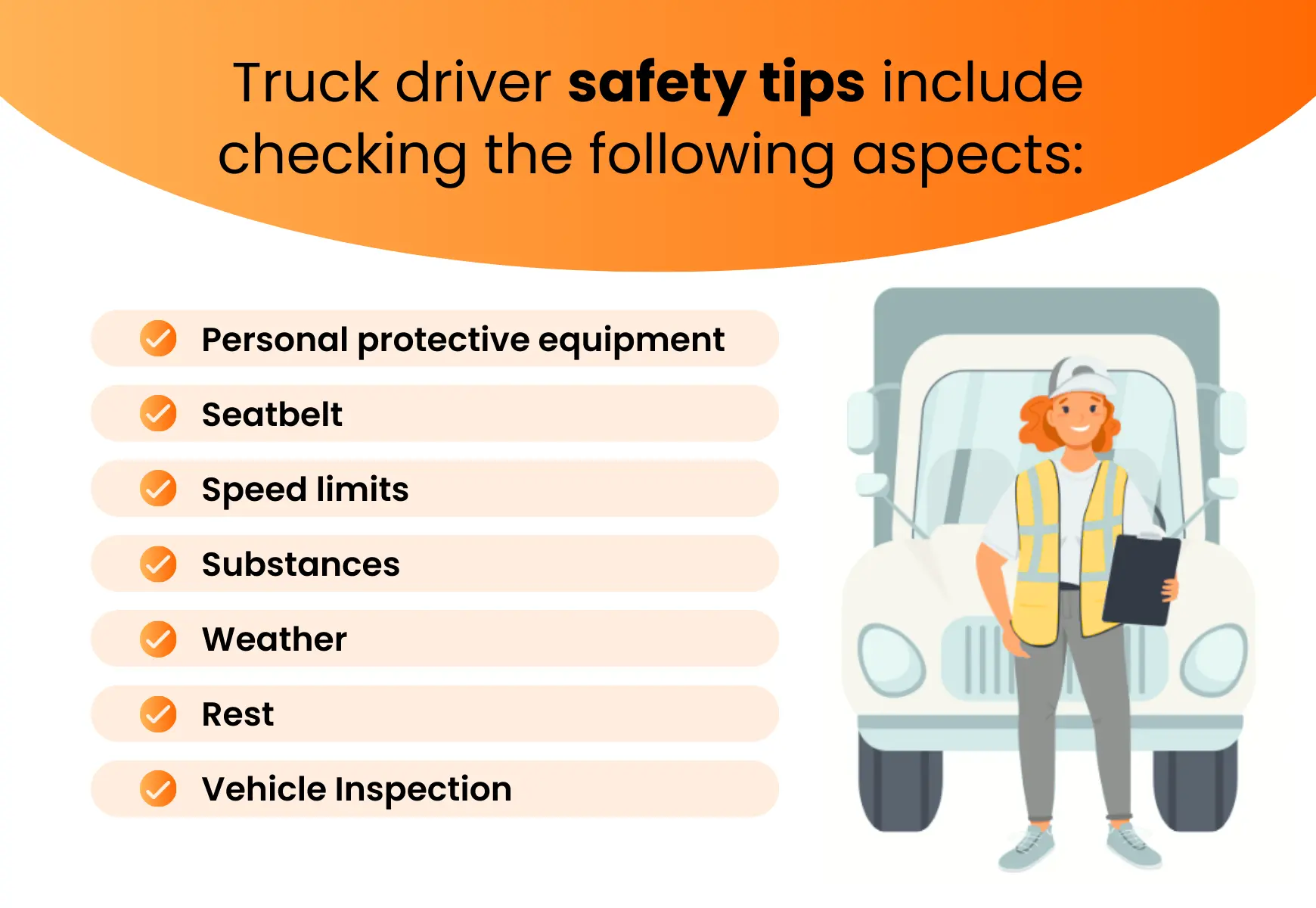
Personal protective equipment
Truck driver safety measures begin long before hitting the road. Having sufficient personal protective equipment is a must, and it can vary a lot depending on the nature of your delivery business.
Some truck drivers doing multi-stop daily routes and contactless delivery will only need a mask and a disinfectant. Others will always require high-visibility clothing, hearing protection, and a hard hat.
- It's important to determine what kind of truck driver ppe equipment your staff needs. Ensure sufficient stock and clear reporting on the truckers' side.
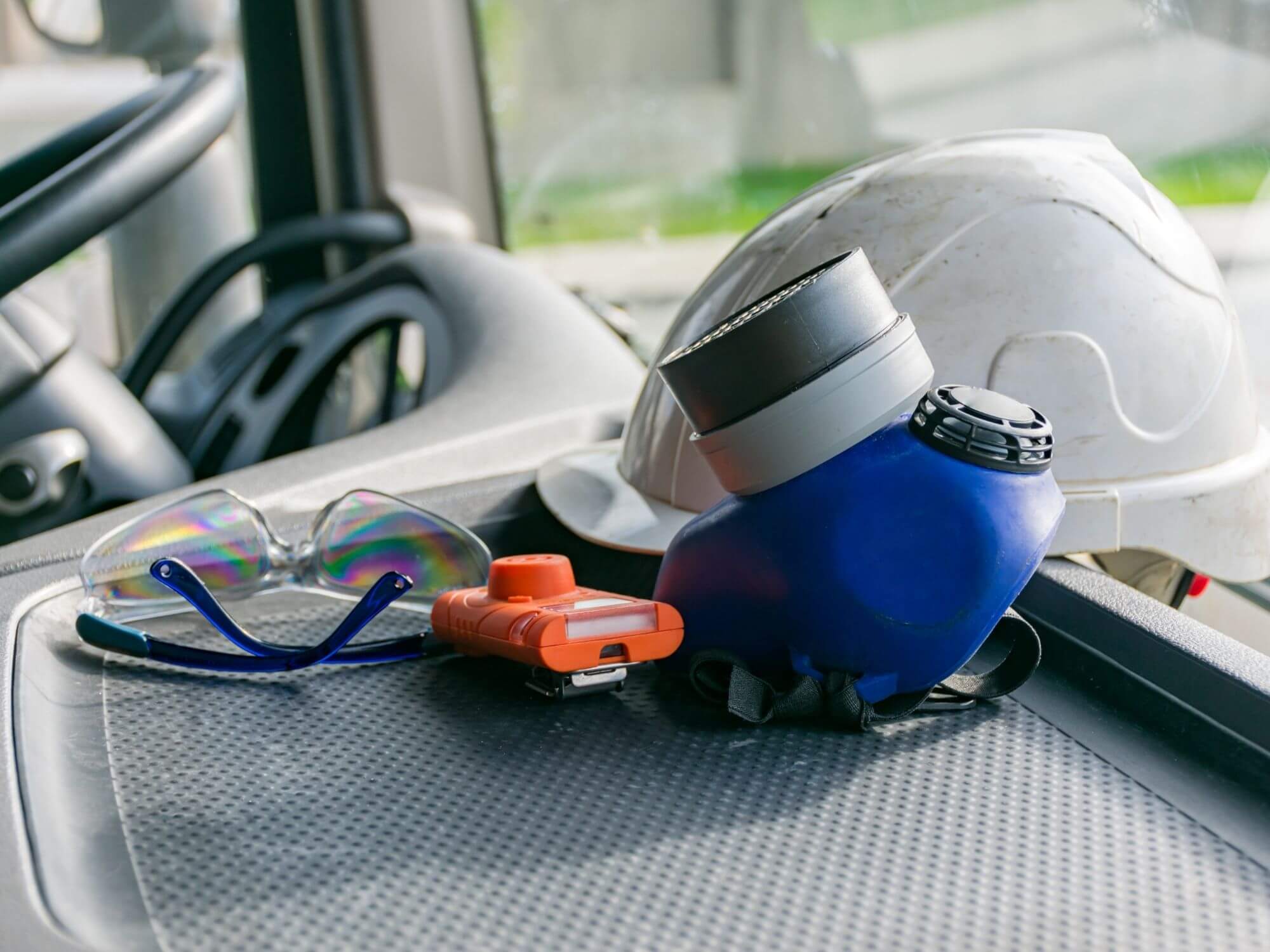
Seatbelt
Before you roll your eyes at me, consider this: 1 in 6 truckers neglect their seatbelt. Pair this with escalated road rage or unexpected changes in driving conditions - and you have a recipe for disaster.
However experienced your truck drivers are, always encourage them to be ready for emergencies. Wearing a seatbelt is the obvious first step, even on short-distance trips.
Not to mention the very real seatbelt requirement stipulated by law. These rules are relevant to both commercial truck drivers and passengers. As much as it is a personal responsibility, incentivizing safe driving is a big part of truck driver management.
Here are some points to consider when deciding whether to use a seatbelt:
- By not wearing a seat belt, you are compromising your future and that of your family.
- If your truck is in a crash, you stand a better chance of maintaining control while still buckling up.
- It is not safer to be thrown clear of the truck, and besides, who can guarantee that will happen? You may be crushed beneath the truck.
- You may be the best driver in the world—the rest of them you must worry about.
Check your country's or state's safety regulations, and then make the right decision.
Speed limits
Following speed limits is another obvious safety tip. Like all obvious tips, it has a high-risk factor.
For one, truck speed limits are different from those for passenger cars. The American Trucking Association, for example, recommends that truck drivers keep their speeds under 65 mph.
Other speed safety tips include slowing down for turns and taking it slow in work zones. Trucks should also avoid lane-changing on freeways, with many passenger cars traveling at 80 mph.
Trucks are more susceptible to speed-related crashes as they need longer to stop.
Motorists often cut in front of trucks, not realizing that they have just reduced the truck driver’s ability to stop in time. This is a good reason for trucks to keep within the speed limit. It also means that the driver must always be observant.
Fully loaded trucks also need more time to brake. If the load is not properly balanced, the truck will overturn more easily.
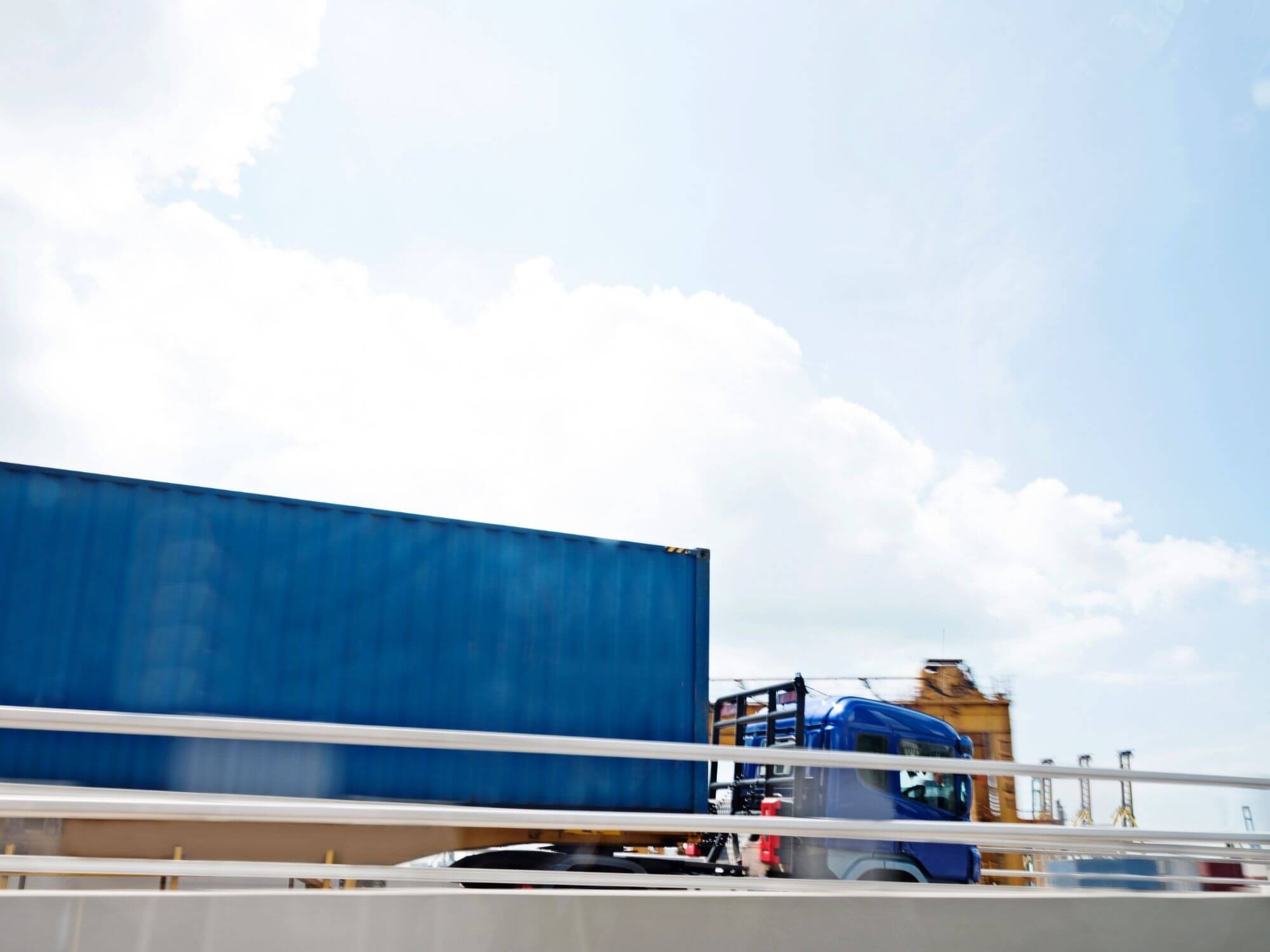
Substances
Longer trucking hours correspond to higher stress and fatigue levels. This, in turn, contributes to substance abuse and drug-related accidents and injuries.
While the commercial driver’s license comes with alcohol and drug testing requirements, there are less obvious substances to be concerned about. Some prescription medications can be a problem if taken less than 8 (or sometimes even 12) hours before driving.
Most prescription drugs don't cause side effects severe enough to disqualify a trucker from doing their job. However, it's a matter that needs to be cleared out to ensure compliance and maximum safety.
Weather
When it comes to commercial trucking, bad weather is definitely a factor. It affects order fulfillment timelines and driving conditions. It also has an impact on the way other trucker safety tips work.
For example, the 3-second rule should be extended to 5-10 seconds in bad weather. This rule refers to the time that it takes for the truck to reach the same point as the vehicle in front of it.
Sometimes, the weather conditions are so bad the trucker has to stop driving. No business wants but needs to accept this as part of order fulfillment risks.
Rest
Drivers' breaks are an essential part of multi-stop and long-haul routing. Any truck route planner with decent optimization features will factor in drivers' breaks on its routes.
Studies done by Forbes Advisor show that “driver impairment and inattention were the second most common causes of fatal large truck accidents.” These statistics include fatigue, using a cell phone, and eating while driving.
Countries around the world recognize the link between long hours behind the steering wheel and fatal accidents. Electronic logging devices (ELDs) have become the norm. Large parts of Europe and the US have made ELDs mandatory, and the rest of the world is following suit. ELDs track driver hours and enforce adequate rest stops.
Rest stops are essential in preventing physical and cognitive fatigue, which is prevalent among long-haul truckers. They also give truck drivers time to restock on water and snacks or switch to a different GPS app that works best in a given geo area.
Vehicle inspection
Vehicle safety management is driver safety management. Vehicle inspection, therefore, is a key part of ensuring that the driver can do their job safely and efficiently.
With pre-trip and post-trip vehicle checks stipulated by the Department of Transportation (DOT), there are still many ways to go about it. Some businesses operate with paper checklists, and some have transitioned to paperless safety inspections done with fleet management & optimization tools.
It's in the business's interest to make safety inspection easy and mobile-friendly. Using Track-POD's vehicle check solutions as an example, let's see what a paperless fleet inspection workflow can look like.
Vehicle inspection checklist and help of technology
Track-POD fleet management solution checks all the boxes here. First, it's an electronic Proof of Delivery system, which means all planning and reporting happens via a web dashboard for the dispatcher and a mobile app for the driver.
Second, the dispatcher or fleet manager can build and customize a vehicle inspection checklist that truckers will then need to fill out before and after each route. Some items on the checklist come with the minimum to maximum range as well as Warning and Critical values specified by the manager.
As soon as the manager makes the fleet check mandatory, drivers will see the checklist in their Track-POD app.
With all data stored in the cloud and synced across the web and mobile, you get an overview of fleet issues as soon as they've been reported. This is the backbone of proactive vehicle maintenance that helps boost safety and reduce repair costs.
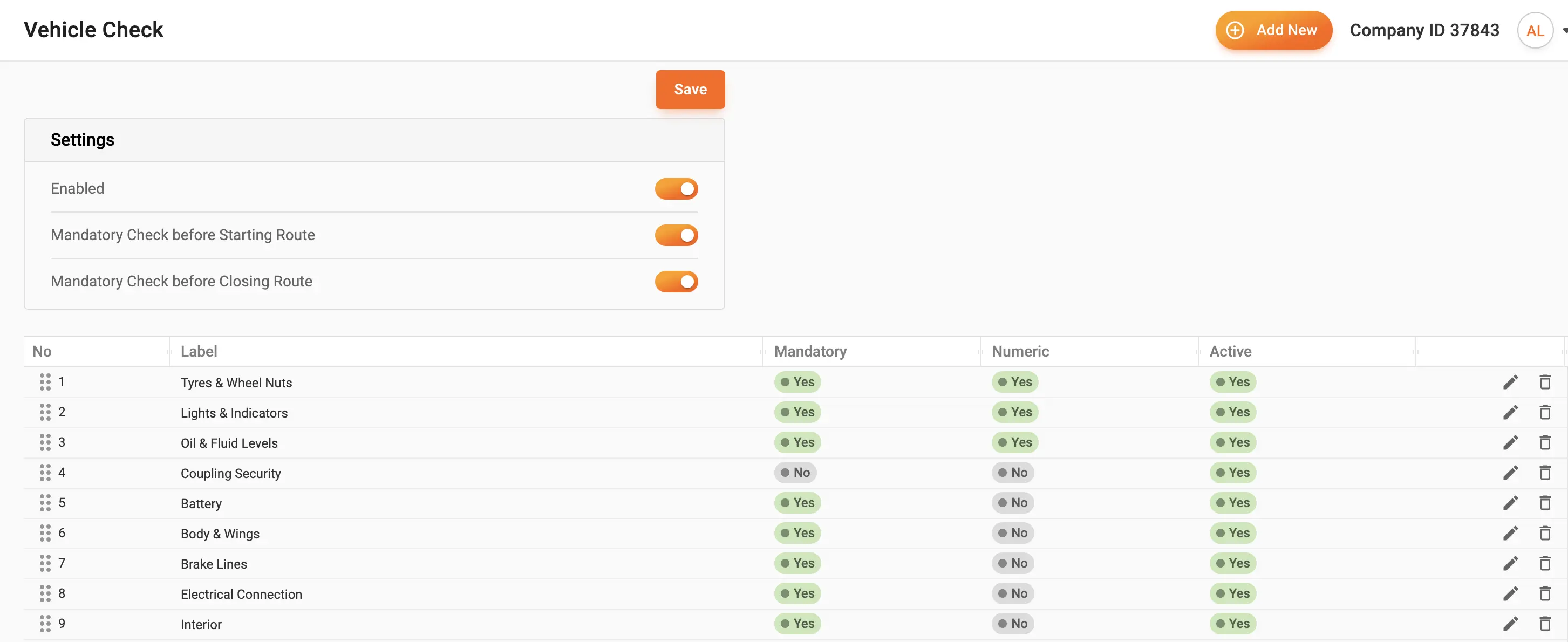
As soon as the manager makes the fleet check mandatory, drivers will see the checklist in their Track-POD app.
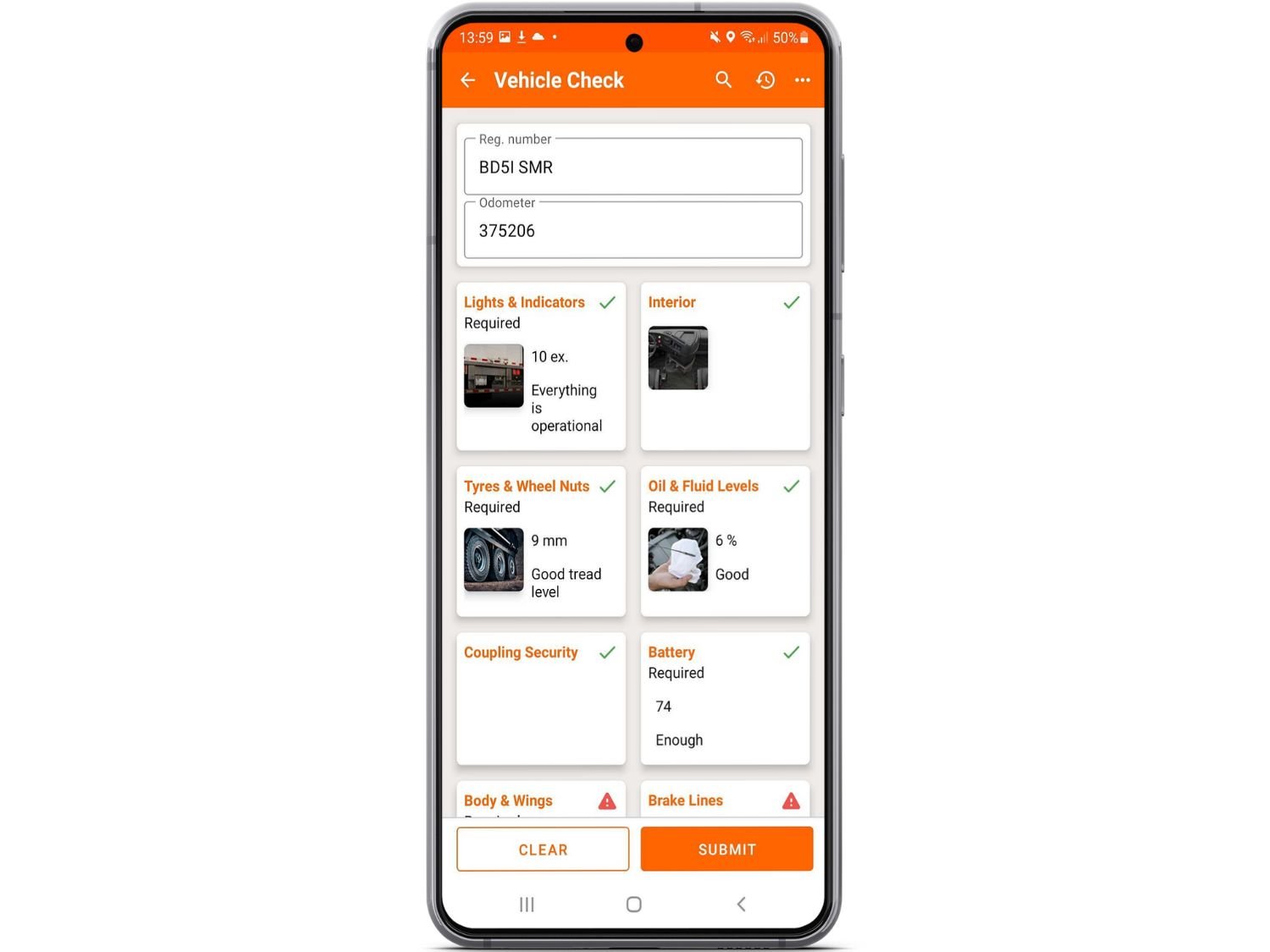
With all data stored in the cloud and synced across the web and mobile, you get an overview of fleet issues as soon as they've been reported. This is the backbone of proactive vehicle maintenance that helps boost safety and reduce repair costs.
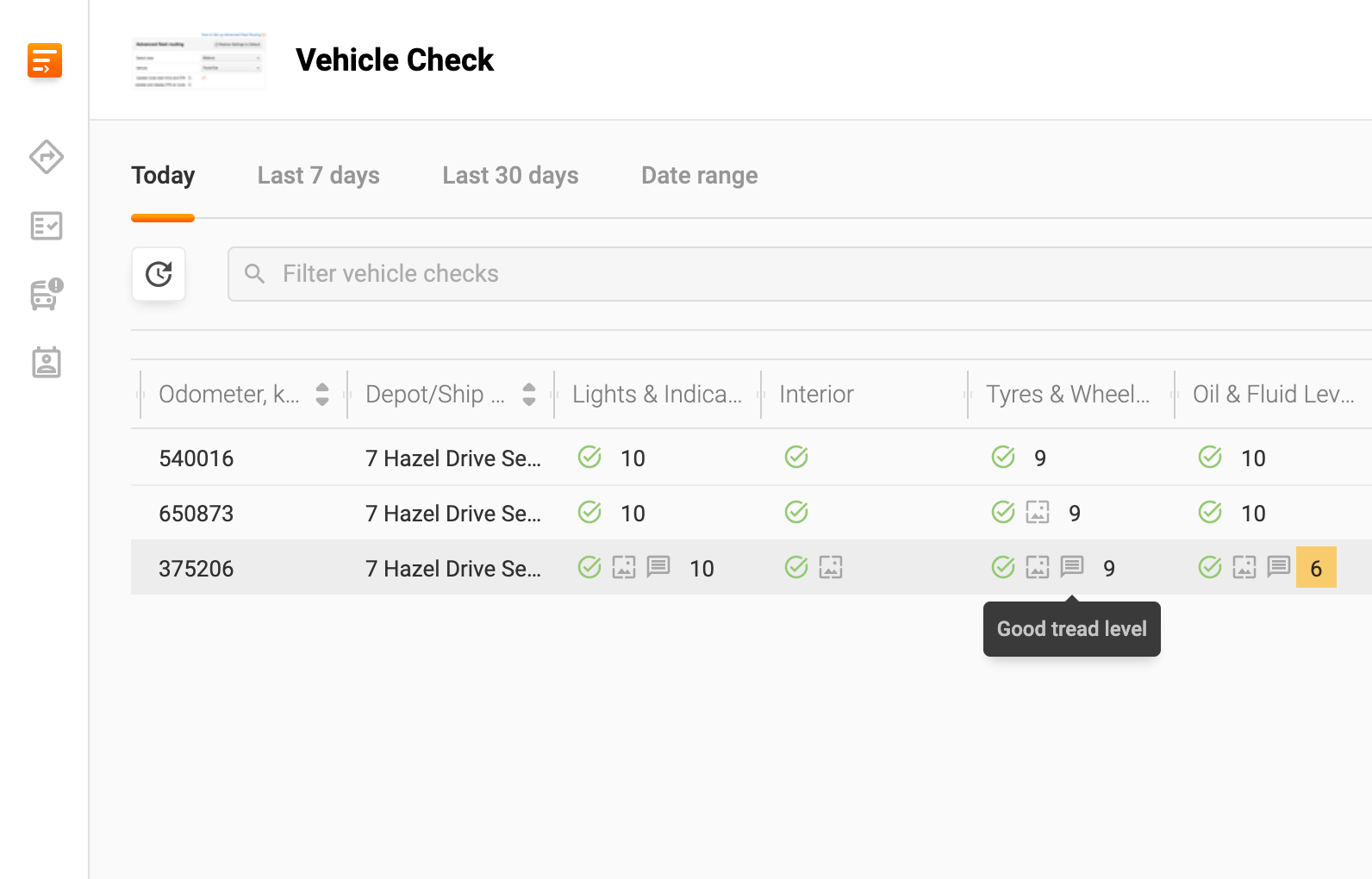
Here is your pre-trip inspection driver checklist for truck safety:
- Check your brakes and brake lines. This is possibly the most important check of all.
- Check your load to make sure it’s balanced and secure.
- Do you have all the tools you need for emergency breakdown repairs?
- Check the levels of engine oils, water level, and coolant.
- Check your windscreen for cracks and chips.
- Are your couplings secure?
- Is the battery still in good condition?
- Check lights and indicators.
- Check the load. Is it properly balanced? Does the weight of the load comply with the truck’s maximum capacity?
- Do you have the right ppe?
Recap
Ensuring truck driver safety is a two-way process. On the one hand, drivers need to be cautious and follow basic safety tips. On the other hand—and that's the bigger part—you need to build the safety management framework and give your staff the tools to support it.
Track-POD fleet management solutions include a paperless, customizable, and easy-to-use checklist for vehicle check and trucker safety. Get started right away and try out the new way to run truck inspections and keep your drivers safe.

